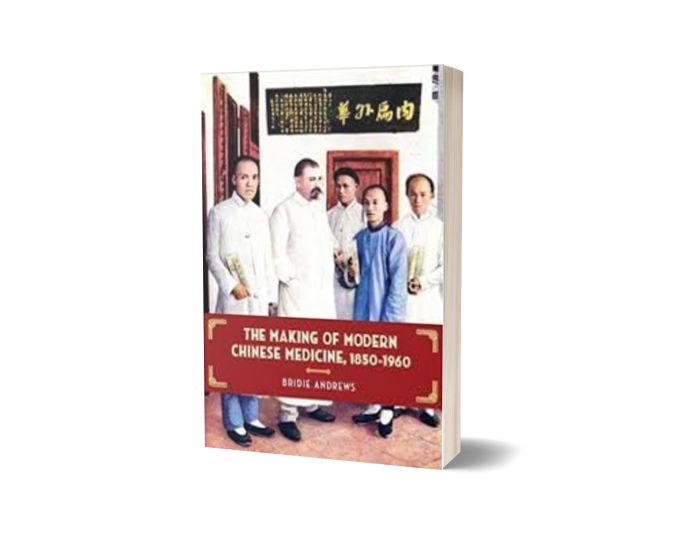We use cookies to make your experience better. To comply with the new e-Privacy directive, we need to ask for your consent to set the cookies. Learn more.
The Making of Modern Chinese Medicine, 1850-1960 (Contemporary Chinese Studies)
Medical care in nineteenth-century China was spectacularly pluralistic: herbalists, shamans, bone-setters, midwives, priests, and a few medical missionaries from the West all competed for patients. In the century that followed, pressure to reform traditional medicine in China came not only from this small clutch of Westerners, but from within the country itself, as governments set on modernization aligned themselves against the traditions of the past, and individuals saw in the Western system the potential for new wealth and power.
Out of this struggle emerged a newly systematized Chinese medicine that had much in common with the institutionalized learning and practices of the West. Yet at the same time, Western missionaries on Chinese shores continued to modify their own practices in the traditional style, hoping to appear more approachable to Chinese clients.
This book examines the dichotomy between "Western" and "Chinese" medicine, showing how it has been greatly exaggerated. As missionaries went to lengths to make their medicine more acceptable to Chinese patients, modernizers of Chinese medicine worked to become more "scientific" by eradicating superstition and creating modern institutions. Andrews challenges the supposed superiority of Western medicine in China while showing how "traditional" Chinese medicine was deliberately created in the image of a modern scientific practice.
| Author | Bridie Andrews |
|---|---|
| Publication Date | 1 Jan 2015 |
| Publisher | University of Hawaii Press |
| Number of Pages | 294 |
| Book Format | Paperback |
* Orders shipped outside of Europe are eligible for VAT relief and will not be charged VAT.


